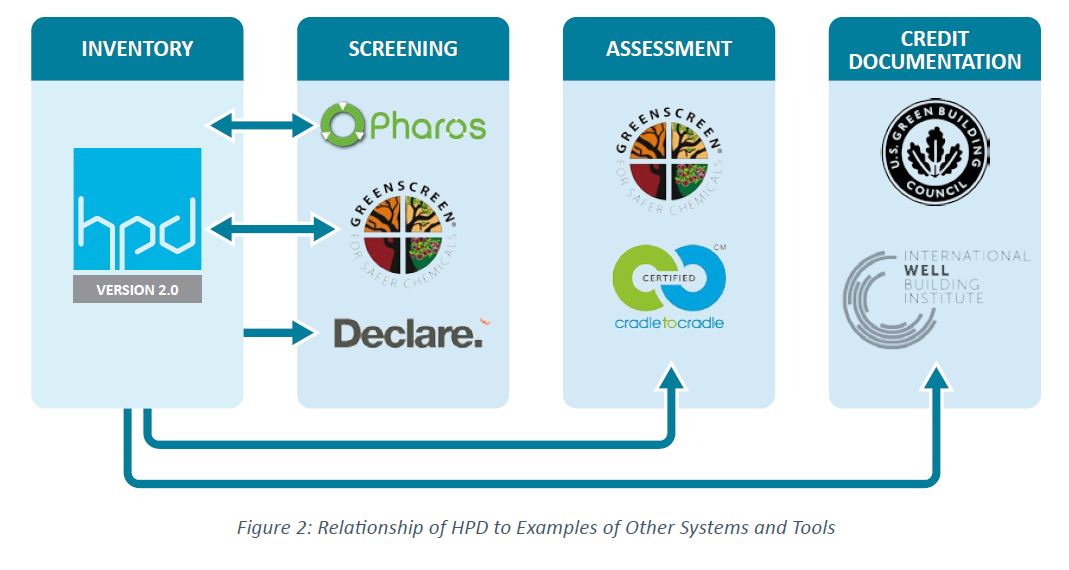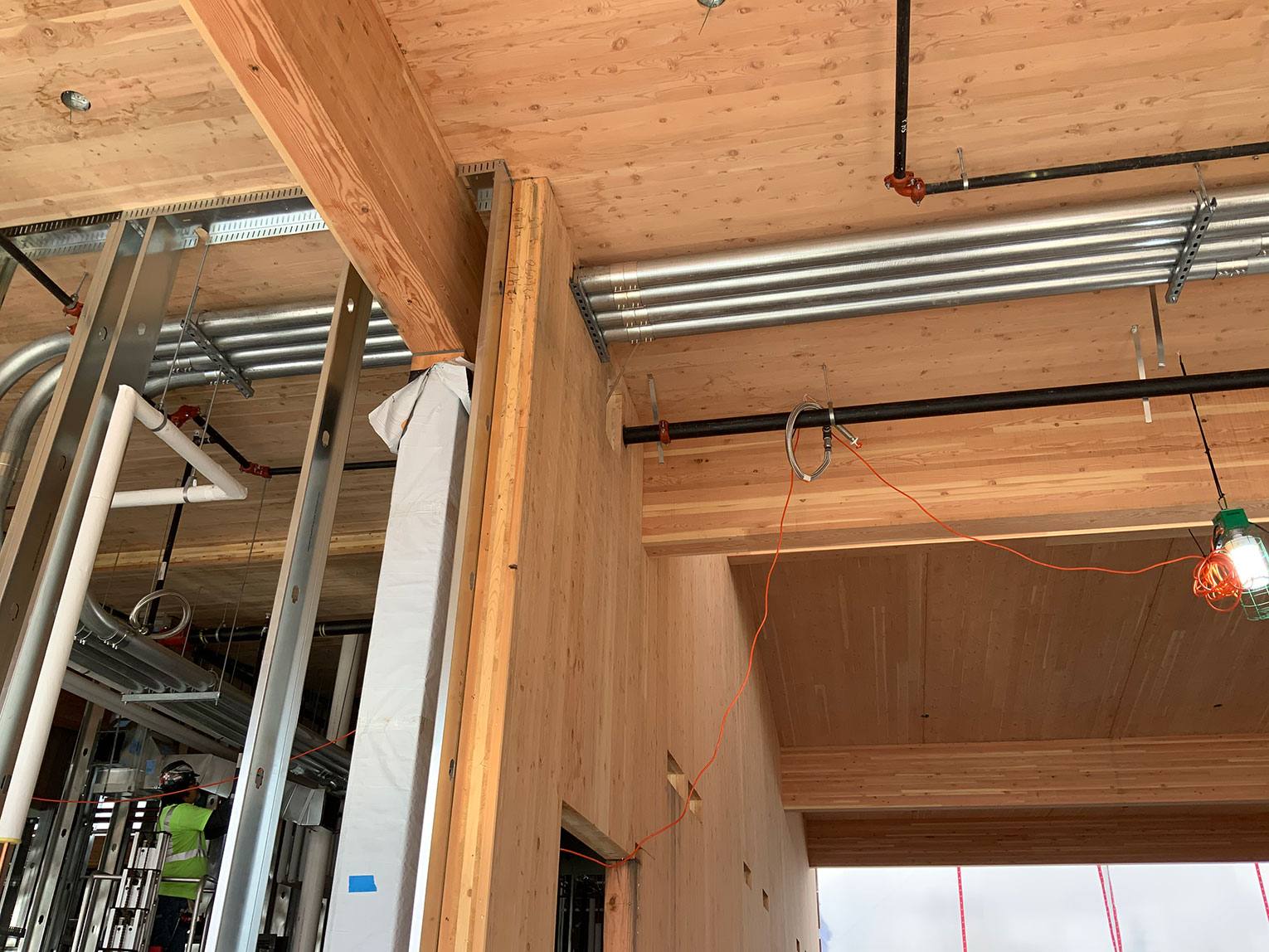Amenta Emma recognizes the impact design has on the well-being of building occupants. From the macro to the micro level, buildings play a significant role in the health of humans and the environment. Materials are the simplest building component and therefore changes in this sector can have exponential impact.

In addition to utilizing iterative energy modeling to analyze the carbon footprint and performance of assemblies of materials we select, Amenta Emma uses a variety of material rating systems as the basis for continually curating and editing our library of materials and finishes and crafting responsive and responsible material specifications. Adopting these tools and systems as an integral part of our practice has helped our designers make informed design decisions that have led toward greater transparency and positive change.
Amenta Emma has asked manufacturers to provide product content and related health hazard information. In seeking disclosure of product content, Amenta Emma has voiced a renewed belief in sustainable practices and encouraged manufacturers to make conscious decisions as to the ingredients, chemicals, and manufacturing practices they pursue and promote. The “power” of transparency pushes companies to reevaluate their manufacturing processes in terms material sourcing, transportation, byproducts, and disposal or recycling. As a result, manufacturers seek safer alternatives, decreasing negative impacts of the built environment on human and environmental health.

Material rating systems provide manufacturers with standardized reporting methods for the ease of evaluation and comparison. Amenta Emma employs Declare by Living Future Institute (LFI) and Health Product Declarations (HPDs) by Health Product Collaborative as tools for making informed material specifications. Products in the LFI’s program are given a Declare label identifying key source and ingredient information. The Declare label lists compliance with the Red List, a compilation of chemicals that are deemed toxic to humans or harmful to the environment. Other indicators include responsible sourcing and interior VOC emissions performance. HPD is a similar repository in which manufacturers can report product information in a standardized format.

Implementation of Declare and HPD into our material library has streamlined our architectural services as both are approved sources for LEED and WELL Building Standard reporting. Amenta Emma is committed to the mission of the AIA 2030 Commitment and will continue to integrate the core principles of these material rating systems into the material specifications for all projects.






